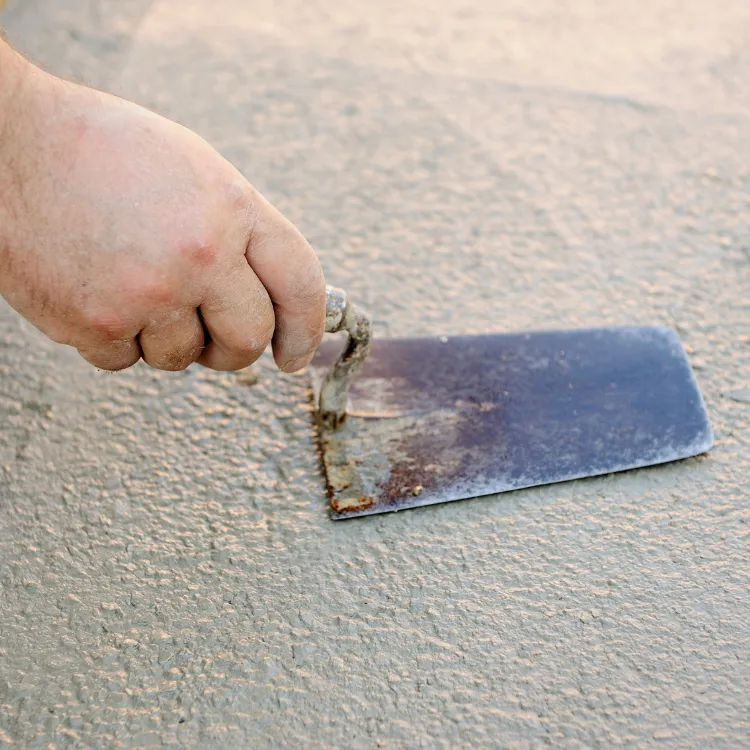Wesley Chapel Siding Blog
Welcome to Our Siding Contracting Services Blog

Exploring Sustainable Siding Options for an Eco-Friendly Home
As we embark on our exploration of sustainable siding options for an eco-friendly home, we are reminded of the timeless saying, "A house is not a home until it embraces the world." In today's world, where environmental consciousness is a priority, finding ways to make our homes more sustainable is essential. With a plethora of siding materials available, each boasting its eco-friendly merits, it becomes imperative to navigate through the choices to find the perfect balance of aesthetics, durability, and environmental impact. So, let us embark on this journey together, uncovering the wonders of sustainable siding options that not only enhance the beauty of our homes but also contribute to a greener future.
Benefits of Sustainable Siding
We have found several key benefits of choosing sustainable siding for our eco-friendly home. By opting for sustainable siding options, such as recycled vinyl or fiber cement, we are able to enjoy numerous advantages while minimizing our environmental impact.
One major advantage of sustainable siding is its durability. Unlike traditional siding materials, sustainable options are designed to withstand harsh weather conditions, resist fading, and maintain their structural integrity for a longer period of time. This means less frequent replacements and reduced waste generation, resulting in a smaller environmental footprint.
Another benefit of sustainable siding is its energy efficiency. Many sustainable siding materials are designed to provide better insulation, helping to regulate indoor temperatures and reduce the need for excessive heating or cooling. This not only saves energy but also lowers utility bills, ultimately benefiting both our pockets and the environment.
Furthermore, sustainable siding options often come with a range of design choices, allowing us to create a visually appealing exterior for our home. Whether we prefer a modern or traditional look, there are sustainable siding options available to suit our aesthetic preferences.
Types of Eco-Friendly Siding Materials
With the numerous benefits of sustainable siding in mind, let's now explore the various types of eco-friendly siding materials available. One popular option is recycled wood siding. This type of siding is made from reclaimed wood, which is sourced from old barns, fences, and other structures. By using recycled wood, we can reduce the demand for new timber and help minimize deforestation. Recycled wood siding not only adds a rustic and natural look to a home, but it also reduces waste and promotes sustainability.
Another eco-friendly siding material is bamboo siding. Bamboo is a fast-growing plant that can be harvested within a few years, making it a highly renewable resource. It is also incredibly durable and resistant to pests and rot, making it a great choice for siding. Bamboo siding offers a sleek and modern aesthetic and can be found in various styles and finishes.
Both recycled wood and bamboo siding are excellent choices for those seeking eco-friendly alternatives. They not only contribute to sustainability efforts but also provide unique and attractive options for homeowners. By opting for these materials, we can create beautiful and environmentally conscious homes.
Factors to Consider When Choosing Sustainable Siding
When evaluating sustainable siding options, it is important to consider several key factors. Two crucial aspects to take into account are siding durability and the environmental impact of siding materials.
Siding durability is an essential factor to consider when choosing sustainable siding. You want to invest in siding that will withstand the test of time and not require frequent replacement. Look for materials that are resistant to rot, insects, and weather damage. Durable siding not only saves you money in the long run but also reduces waste by minimizing the need for replacement.
Another vital consideration is the environmental impact of siding materials. Ideally, you want to choose siding that is made from renewable or recycled materials. Look for options that have a low carbon footprint and minimal embodied energy. Avoid materials that contribute to deforestation or require excessive energy consumption during manufacturing. Additionally, consider the recyclability or biodegradability of the siding materials to ensure they have a minimal impact on the environment throughout their lifecycle.
Installation and Maintenance Tips for Green Siding
To ensure the longevity and eco-friendliness of your siding, implementing proper installation and maintenance practices is crucial. Proper installation is the foundation for a durable and sustainable siding system. It is recommended to hire experienced professionals who have knowledge of eco-friendly siding materials and techniques. They will ensure that the siding is properly installed, minimizing the risk of damage and maximizing its lifespan.
One important aspect of proper installation is ensuring that the siding is properly sealed and insulated. This helps to prevent air leaks and energy loss, making your home more energy-efficient. Additionally, regular maintenance is key to ensuring the longevity and durability of your green siding. Regularly inspecting the siding for any signs of damage, such as cracks or warping, is important. Promptly addressing any issues that arise will help prevent further damage and extend the lifespan of your siding.
When it comes to maintenance, it is important to follow the manufacturer's guidelines for cleaning and upkeep. Many eco-friendly siding options require minimal maintenance, but it is still important to keep them clean and free from debris. This will help maintain their appearance and prevent any potential damage caused by dirt or grime buildup.
Cost-Effective and Energy-Efficient Siding Options
A cost-effective and energy-efficient siding option is essential for homeowners looking to minimize their environmental impact and save on long-term energy costs. When it comes to choosing sustainable siding materials, it is important to consider their energy-saving insulation and long-term durability.
One option to consider is insulated vinyl siding. This type of siding is made with a layer of foam insulation attached to the back. The insulation helps to reduce heat loss, keeping your home warmer in the winter and cooler in the summer. By minimizing the need for heating and cooling, insulated vinyl siding can significantly lower your energy consumption and utility bills.
Another cost-effective and energy-efficient siding option is fiber cement siding. This material is known for its durability and resistance to harsh weather conditions. Fiber cement siding is made from a mixture of cement, sand, and cellulose fibers, creating a strong and long-lasting product. The insulation properties of fiber cement siding also help to regulate temperature and reduce energy usage.
Ultimately, investing in cost-effective and energy-efficient siding options not only benefits the environment but also saves you money in the long run. By reducing energy consumption and improving insulation, these siding materials contribute to a more sustainable and eco-friendly home.
Conclusion
Overall, when it comes to creating an eco-friendly home, sustainable siding options are a great choice. Not only do they provide numerous benefits, such as improved energy efficiency and reduced environmental impact, but they also come in various materials to suit different preferences and budgets. By considering factors like durability, maintenance requirements, and cost-effectiveness, homeowners can make an informed decision. With proper installation and maintenance, sustainable siding can contribute to a greener and more sustainable future for our homes.
© Copyright 2025 Wesley Chapel Siding. All Rights Reserved.
Terms & Conditions | Privacy Policy
Zip codes we serve: 33543,33545,33544,33647,33559,33541,34639,33576,33592,33539,33574,33542,33549,33524,34637,33540,33613,33548,33525,33637,33620,33617,3355833543,33545,33544,33647,33559,33541,34639,33576,33592,33539,33574,33542,33549,33524,34637,33540,33613,33548,33525,33637,33620,33617,33558

